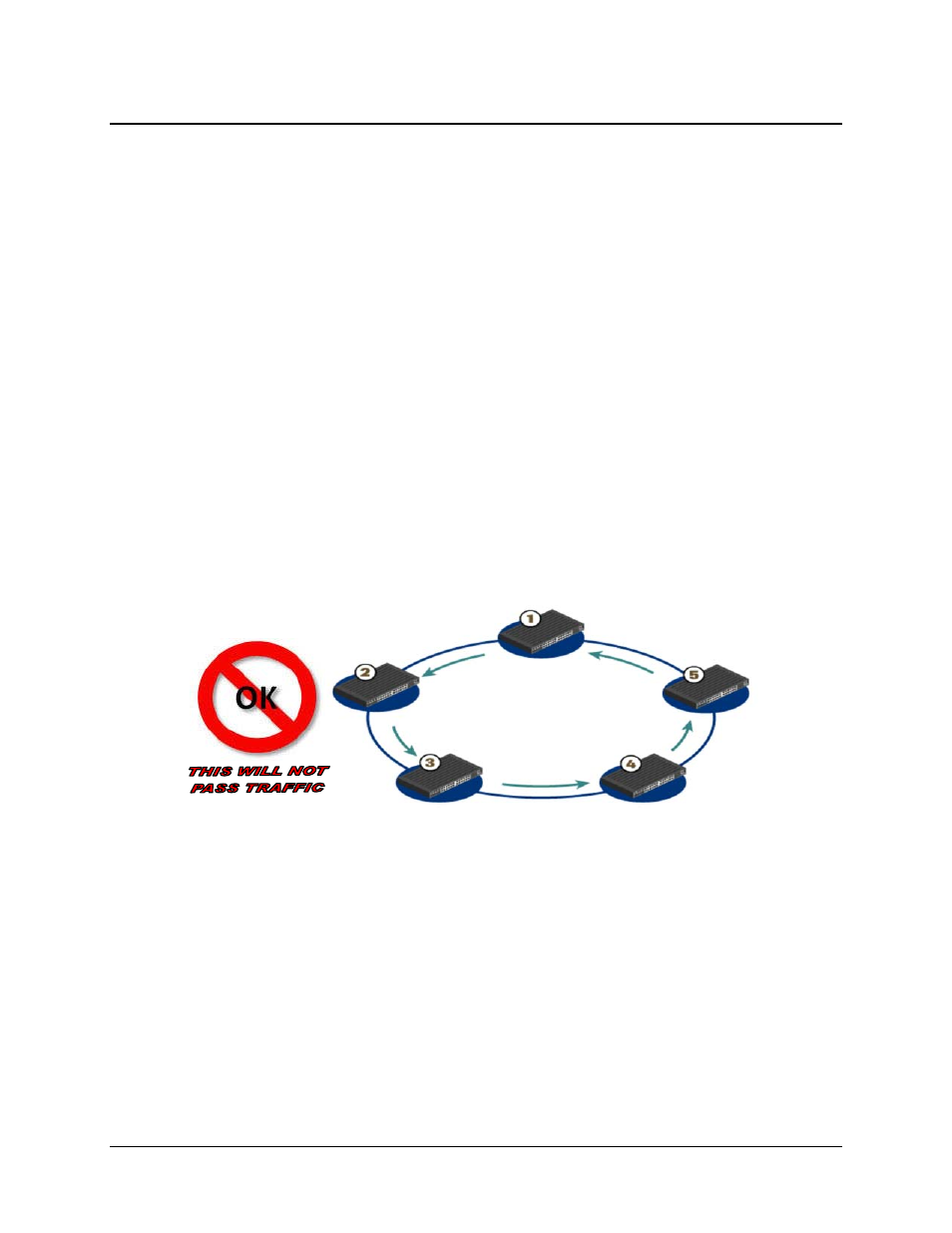3 ethernet configuration examples, 1 ethernet network overview – Comtech EF Data CDM-710G User Manual
Page 54

CDM-710G High-Speed Satellite Modem
Revision 1
Ethernet Network Configurations MN-CDM710G
3–2
3.3 Ethernet Configuration Examples
This section explains the problems with Ethernet Networking Loops, and how to properly design
applications architecture for handling Standard traffic and Split-path traffic. Standard traffic is
defined as Rx and Tx Ethernet traffic using the same port on the same router or switch, whereas
split-path traffic is Rx and Tx Ethernet traffic using different ports of the same router or switch.
The following sections in this chapter provide examples of applications architecture designed to
handle near-to-far end Ethernet network configurations:
• Chapter 3.3.3 Hub-to-Hub with Standard Traffic using Switches
• Chapter 3.3.4 Hub-to-Hub with Standard Traffic using Routers
• Chapter 3.3.5 Hub-to-Remotes with Standard Traffic using Routers or Switches
• Chapter 3.3.6 Hub-to-Remotes, Split-path Traffic using Routers (Point-to-Multipoint)
• Chapter 3.3.7 Hub-to-Remotes, Split-path Traffic using Switches (Point-to-Multipoint)
3.3.1 Ethernet Network Overview
When placing modems in a network, there are a number of issues that must be addressed – first
and foremost on the list of concerns is whether implementation of the switches in the network
will cause a Networking Loop. This is problematic because a Networking Loop will cause a
Broadcast Storm, which shuts down the network and causes harm to devices in that network.
Figure 3-1. Networking Loop with Switches
Figure 3-1 illustrates a Networking Loop with switches. The problem with this configuration is that
‘Switch 1’ will send out an ARP request looking for a particular MAC, then each subsequent switch
passes along that request until ‘Switch 1’ receives it again. At this point, two things could happen:
1. The switch could continue to forward all requests out all ports, creating more and
more traffic on the network until there is no bandwidth available and the switch
either reboots or locks up.
2. The switch could sense that the ARP request came back to the switch on a different
port. The switch could then stop forwarding traffic out the proper port.
Other factors will affect the network: e.g., if the switch is running Spanning Tree Protocol,
VLANs, etc.
